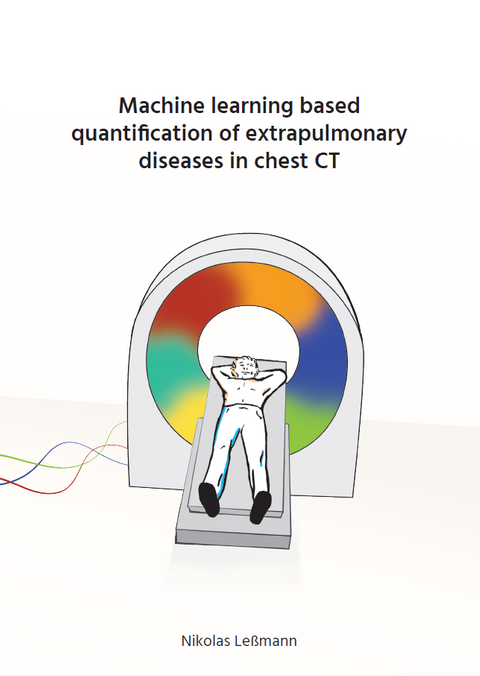Machine Learning based quantification of extrapulmonary diseases in chest CT
N. Lessmann
- Promotor: M. Viergever, B. van Ginneken and P. de Jong
- Copromotor: I. Isgum
- Graduation year: 2019
- Utrecht University
Abstract
In several countries, including the US and China, and likely soon also in Europe, heavy cigarette smokers are regularly invited for a computed tomography (CT) scan of their lungs (chest CT). This scan can help detect lung cancer in an early stage, when treatment is more effective. Heavy smokers often also have other chronic diseases, of which some can also be detected on these scans, or of which the severity can be measured in these scans. The research in this thesis focuses on automatic analysis of lung cancer screening chest CT scans to measure the severity of cardiovascular disease and osteoporosis. Automatic image analysis makes it possible to include these assessments into the screening workflow without requiring additional reading time of radiologists or image analysts. The image analysis methods that we developed are based on deep convolutional neural networks, a form of machine learning. We developed a method that detects calcifications of the coronary arteries, the aorta and the heart valves. The amount of calcification of these arteries is an indicator of the severity of cardiovascular disease and the risk to have a cardiovascular event, such as heart attack or stroke. We also applied this method to a large dataset from a US screening study to investigate differences between men and women. For osteoporosis analysis, we developed a method that finds the vertebrae in the image and another method that partitions the vertebrae. Together, this allows for automatic measurement of, e.g., the density or size of the vertebral bodies.
